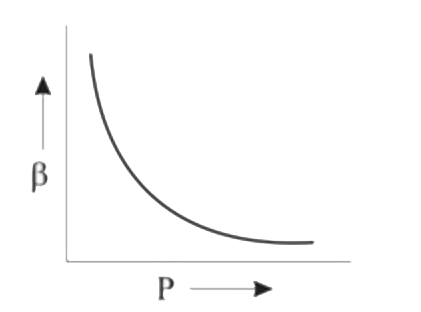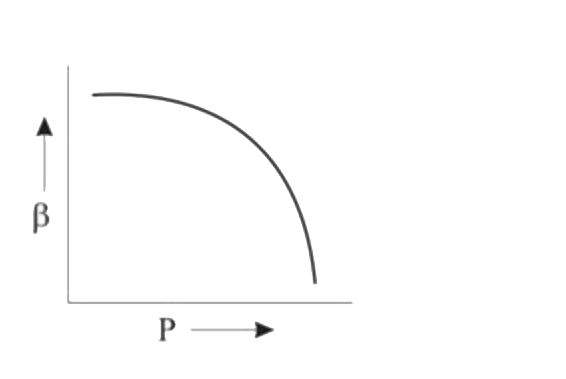If pv = 81 , then dpdv at v = 9 is
A
1
B
−1
C
2
D
−2
Text Solution
The correct Answer is:B
|
Topper's Solved these Questions
- DIFFERENTIAL CALCULUS-DIFFERENTIABILITY AND METHODS OF DIFFERENTIATION BOOK - NCERT TAMILCHAPTER - DIFFERENTIAL CALCULUS-DIFFERENTIABILITY AND METHODS OF DIFFERENTIATION EXERCISE - EXERCISE 10.4
22 Videos
- DIFFERENTIAL CALCULUS - LIMITS AND CONTINUITYBOOK - NCERT TAMILCHAPTER - DIFFERENTIAL CALCULUS - LIMITS AND CONTINUITYEXERCISE - EXERCISE 9.6 (Choose the correct or the most suitable answer from the given four alternatives)
25 Videos
- INTEGRAL CALCULUSBOOK - NCERT TAMILCHAPTER - INTEGRAL CALCULUSEXERCISE - EXERCISE 11.13
25 Videos
Similar Questions
Knowledge Check
Which of the following graphs correctly represents the variation of β=−dV/dPV
with P for an ideal gas at constant temperature?A B
B C
C D
D
Which of the following graphs correctly represents the variation of β=−(dVdP)1V with P for an ideal gas at constant temperature ?
A B
B C
C D
D
If p=9,v=3, then find p is terms of v from the equation dpdv=v+1v2
View Solution∫e−vudv
View SolutionEvaluate ∫dv1+2v
View SolutionEvaluate : 13 ∫1+2vv2+v+1dv
View SolutionV+1V(2V+1)dv=−1xdx
View SolutionIf for a system, dP/dV = -aP. If at pressure P0, volume is zero, then find maximum possible temperature of system.
View Solution
